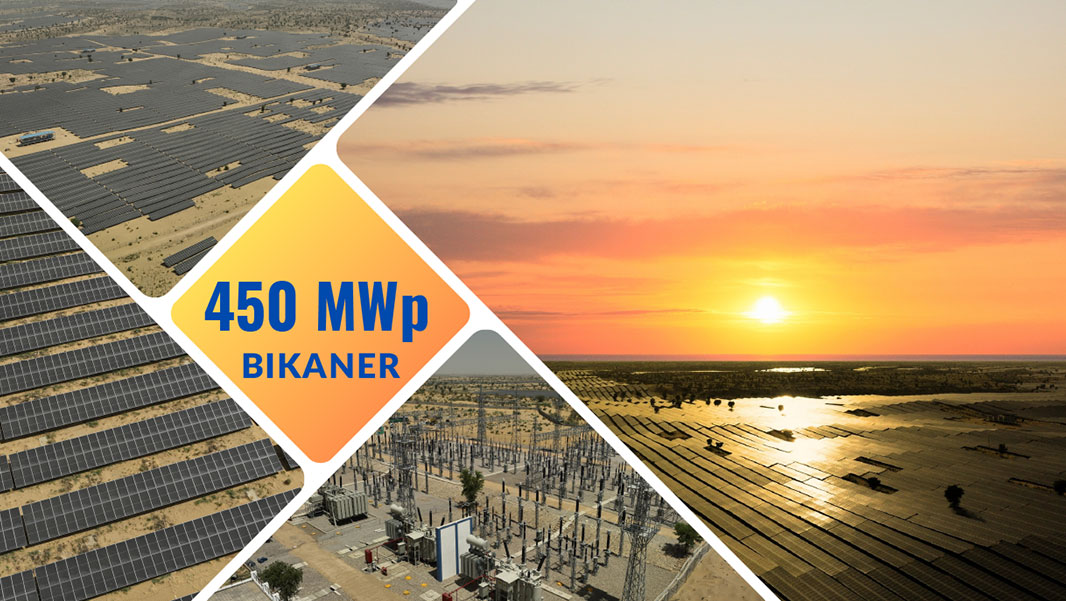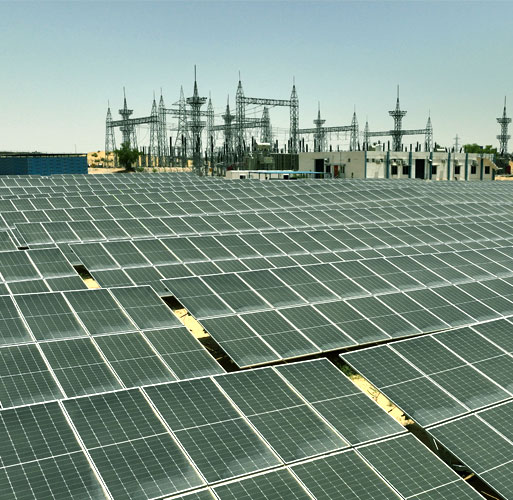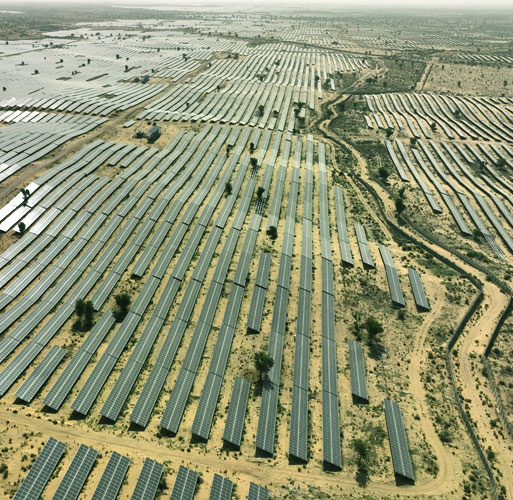
The 450 MWp solar project in Bikaner, Rajasthan, was completed with the objective of promoting sustainable power generation and driving economic development in the region. The scope of the project involved the installation of two solar power projects, a TPGEL (Tata Power Green Energy Limited) (225 MW (AC) / 310 MWp (DC), a PPA with TPCD (Tata Power Company Distribution) and a TPSL (TP Saurya Limited) (110MW (AC) /140MWp (DC), a PPA with KSEB (Kerala State Electricity Board). The key stake holder for this project includes power producers, local residents, and government agencies who are driven by a common motto "Sustainability".
The key objectives of the 450 MWp solar power project were to:
The solar power project in Bikaner, Rajasthan, highlighted several innovative technologies and design methods to increase its efficiency. Some of the key project features were:
The project faced several challenges during its implementation, including:
The project achieved India's first 100% CEA Compliance by installing capacitor banks for reactive power compensation, ensuring a smooth flow of electricity.

The 450 MWp solar power project has delivered significant benefits in terms of clean energy generation and environmental conservation. Key performance indicators include:

The successful execution of the 450 MWp solar project in Bikaner, Rajasthan, demonstrates the feasibility and capabilities of large-scale solar power generation initiatives in promoting sustainable energy development. This project has not only helped reduce environmental pollution but has also contributed to the overall goal of creating a sustainable future.